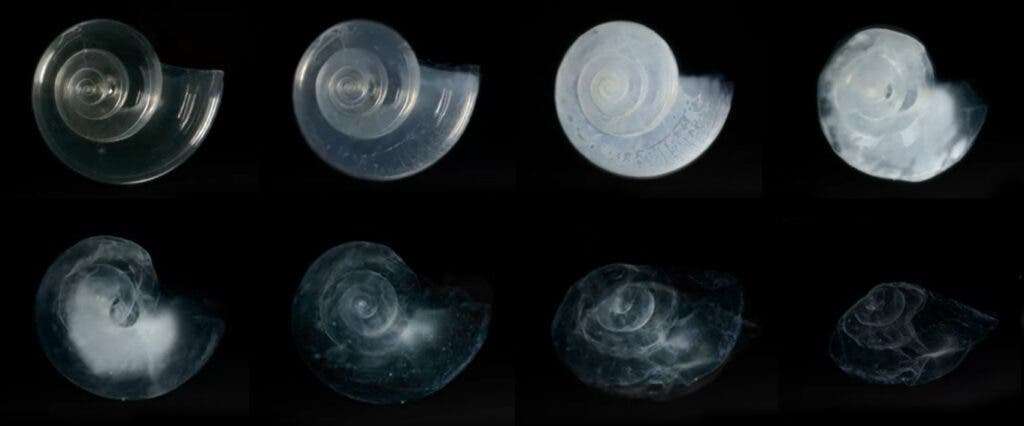A new mathematical model developed at the University of Colorado at Boulder could allow us to accurately forecast ocean acidity levels up to five years in advance.

Image credits NOAA.
Ocean acidification is driven by CO2 gas in the atmosphere, levels of which are increasing sharply due to human activity. The acid in question is carbonic acid which, although a relatively weak acid, can impact the health and wellbeing of marine life by messing with their metabolism and calcification processes (i.e. with their ability to form and maintain shells).
The authors hope that their model can be used to insulate coastal communities from the economic and nutritional impacts of ocean acidification while helping researchers and policymakers develop adequate conservation methods for marine environments.
Not the acid we were looking for
We’ve taken a climate model and run it like you would have a weather forecast, essentially — and the model included ocean chemistry, which is extremely novel,” said Riley Brady, lead author of the study, and a doctoral candidate in the Department of Atmospheric and Oceanic Sciences.
The team says that their model is the first to allow for acidity predictions over such a long time period, as previous attempts could only reliably predict up to a few months of data.
For the study, the team focused on the California Current System (CCS), which is one of the four major coastal upwelling systems in the world, running from the tip of Baja California in Mexico all the way up into the Canadian coast. The CCS supports fishing grounds that yield around a billion dollars in fishing catches every year in the U.S. alone. It’s also particularly vulnerable to ocean acidification, the team explains, as it pushes deeper waters (which acidic and denser, so they settle near the bottom) to the surface. The extra acidification we’re causing could push its fragile ecosystems over the edge.
The team used a climate model developed at the National Center for Atmospheric Research to generate ‘forecasts’ for past changes in acidity levels and compared those to real-world data — finding that they fit recorded changes very well. Another advantage this model has over localized ones that it can factor in events with global effects, such as El Niño.
However, while the results were quite exciting, our ability to deploy such models is still limited. These tools still require an immense amount of computational power, data, manpower, and time to implement and run, so they can’t really be used around the clock to generate acidification forecasts.
But we do know that they would be useful. It’s estimated that around 30% to 40% of the CO2 emissions from human activity are absorbed by the world’s waters and react to form carbonic acid, which makes them more acidic. The effect is only going to increase in the future, and researchers are expecting that large swaths of the ocean are going to become completely corrosive to the shells of certain organisms within decades.
“The ocean has been doing us a huge favor,” said study co-author Nicole Lovenduski, associate professor in atmospheric and oceanic sciences and head of the Ocean Biogeochemistry Research Group at INSTAAR.
But now, “ocean acidification is proceeding at a rate 10 times faster today than any time in the last 55 million years.”
Communities who rely on ocean resources for food or tourism will undoubtedly be affected by acidification, the team notes.
The paper “Skillful multiyear predictions of ocean acidification in the California Current System” has been published in the journal Nature.






